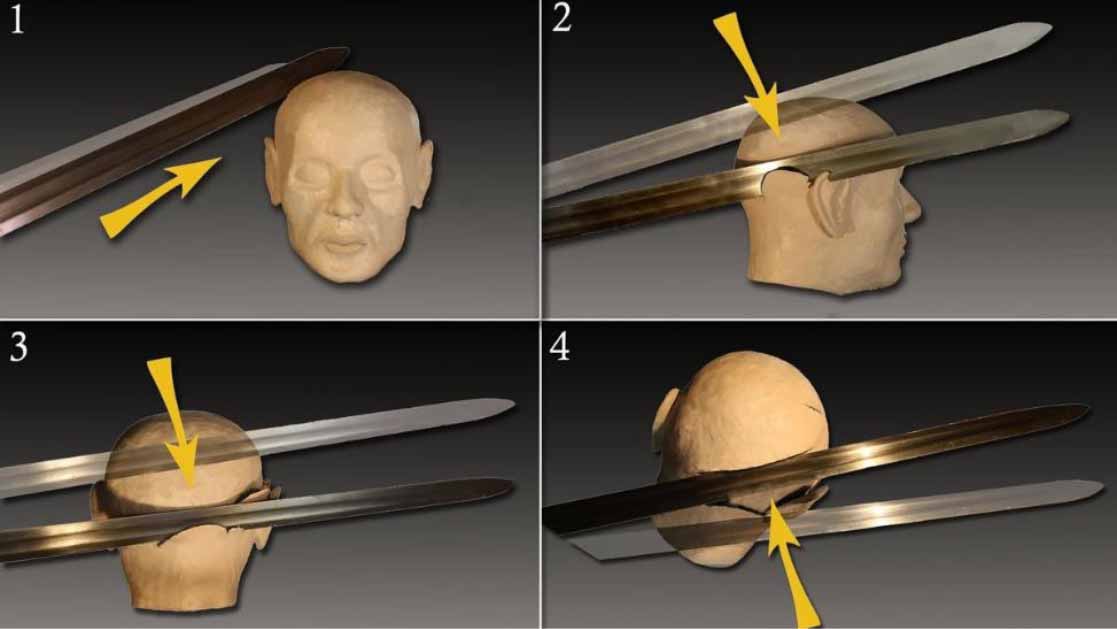Forensic scientists can look at a single hair or a tiny drop of blood and tell you things about it that would have seemed like magic to people in the ancient world. It's like they have a time machine, allowing them to look back at events that happened days, years, or even centuries ago, and piece together the story.
Modern forensic science has played a pivotal role in unraveling mysteries that have remained unsolved for centuries. Here are two fascinating examples where forensic advancements have shed light on historical mysteries:
Cracking a 700-Year-Old “Cold Case” in Italy
A man interred in the Church of San Biagio in Cittiglio, Italy, before 1260 AD was found to have died from four sword blows to the head. This case was cracked using a combination of modern techniques, allowing forensic scientists to discover the sequence of the fatal wounds and significant insights into the victim's lifestyle and social status, suggesting he belonged to the influential De Citillio family.
Researchers found that the man received the first sword blow from the front, but as he turned, probably trying to flee from his attacker, the murderer chased him and hit him repeatedly from behind – causing the deepest wounds. The forensic techniques used in the examination of the dead man’s remains included computed tomography, or three-dimensional X-ray scans, and precision digital microscopy of the skull injuries to aid facial reconstruction.

The study found the murder victim was probably killed by four sword blows to the head; the first caused a slight wound, but the others seem to have killed him as he was trying to escape the attack. (Stefano Ricci/University of Siena)
The Murder of Takabuti
According to the University of Manchester “there is a rich history of testing Takabuti since she was first unwrapped in Belfast in 1835.” The hieroglyphs on her painted coffin have provided researchers with several clues as to her identity, namely that she was called Takabuti, lived in Thebes, and was the wife or mistress of a nobleman.
2,600 years after she died, advances in technology enabled scientists to discover new and unexpected information about her identity and the circumstances of her death. In January 2020, using CT-scans, carbon-dating, and DNA analysis, archaeologists made a breakthrough when they discovered that Takabuti had been violently killed. Suddenly, research into the ancient mummy turned into a murder mystery.
Reanalysis of Takabuti’s remains in April 2021 revealed that not only had she had been stabbed in the back, but the fatal wound was inflicted by an axe commonly used by Egyptian and Assyrian soldiers. DNA analysis also uncovered her surprising genetic footprint, finding her DNA to be more like modern Europeans than Egyptians.
These examples illustrate how the integration of forensic science into archaeology has the power to unlock secrets of the past, providing clearer pictures of how ancient individuals lived and died.
Want to know more? Read how the application of modern forensic science has helped in solving mysteries surrounding other ancient deaths in the article ‘What Killed the Iceman? High-Tech Forensics Solving Ancient Mysteries’ available in the March – April 2024 issue of Ancient Origins Magazine. Get it here!
Featured Image: Modern forensic science has helped to solve some ancient murder mysteries. Source: Eve Creative / Adobe Stock
By Alicia McDermott




